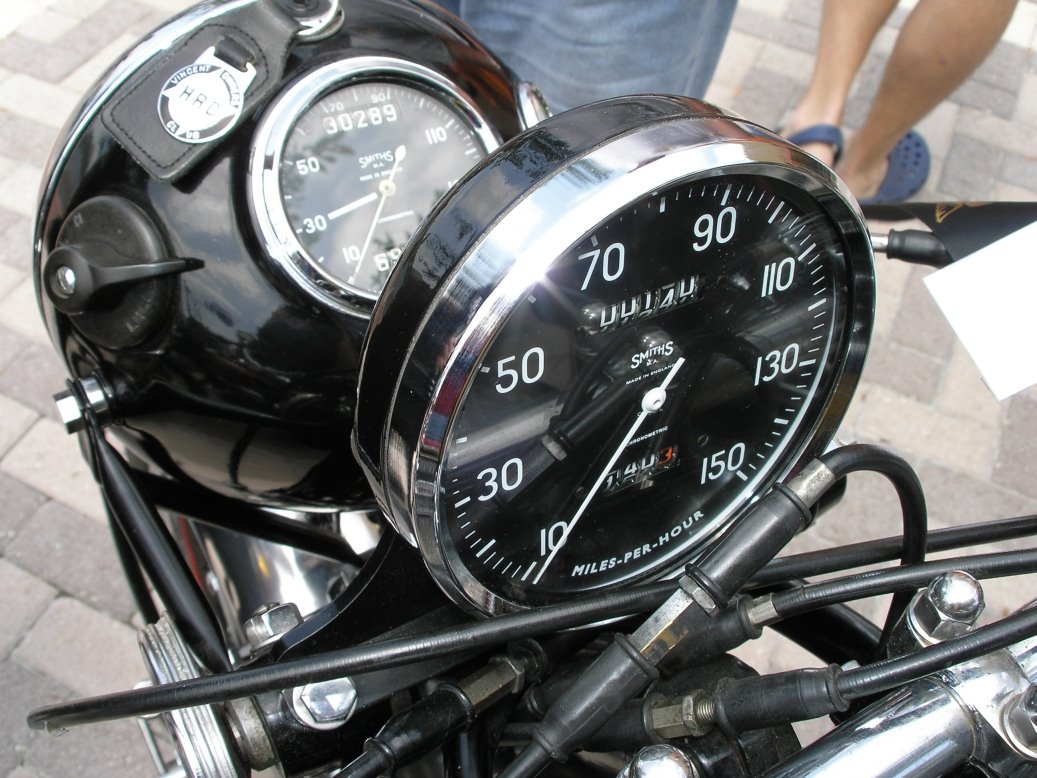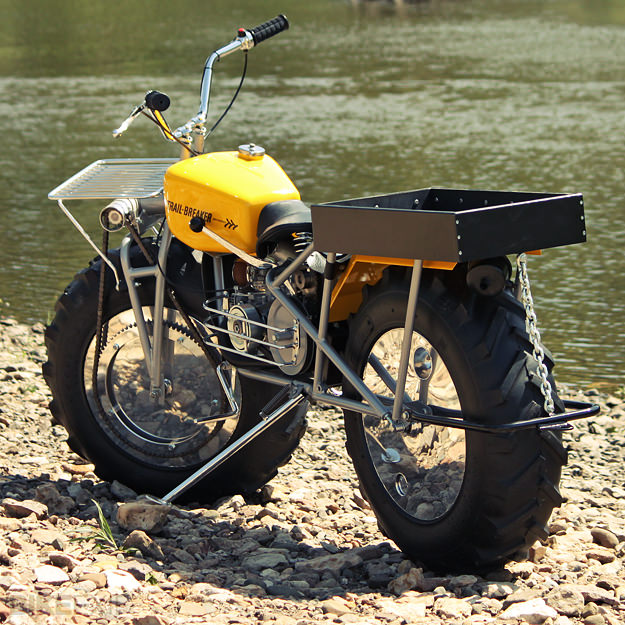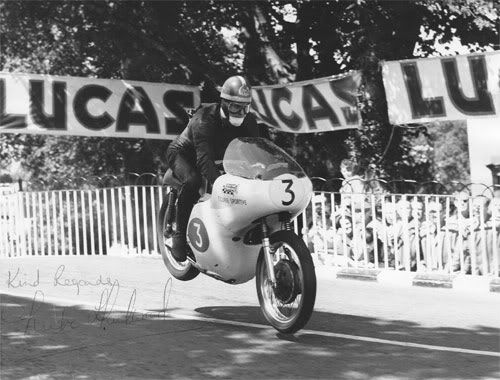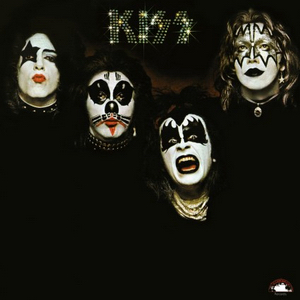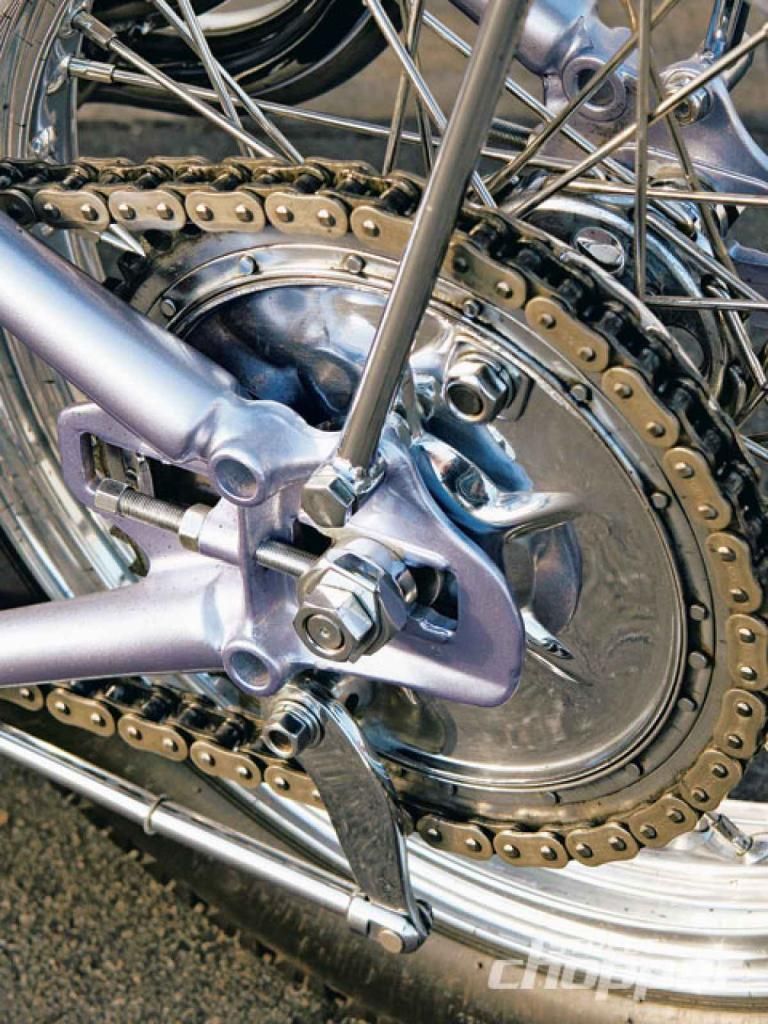




Evel Knievel's X1-Skycycle prototype makes it's first launch attempt.
Evel Knievel had hired subcontractor and aeronautical engineer Doug Malewicki to build him a rocket-powered cycle to jump across the Snake River, and called it the X-1 Skycycle. Malwecki's creation was powered by a steam engine built by former Aerojet and Polaris Missile engineer Robert "Bob" Truax.
Evel joined Truax at Snake River to watch the X-1 prototype's trial launch. The launch starts with such promise before losing speed, then altitude, until finally plummeting into the gorge not even halfway across the river reminiscent of Wile E. Coyote with one of his Acme rockets.
The decision was then made to have Truax build the Skycycle X-2 and have it take off and fly more like a rocket than a motorcycle.
Two years later on Sunday, September 8, 1974, at 3:36 p.m. MDT (Mountain Daylight Time) at the south rim of the Snake River Canyon, viewed by millions on live television the launch begins with a rumble as the steam that powers the engine is superheated to 500 °F (260 °C). The drogue parachute prematurely deploys as the X-1 leaves the launching rail and induces significant drag. The Skycycle makes it all the way across the canyon to the north rim, unfortunately the prevailing northwest winds cause it to drift back into the canyon. By the time it reaches the bottom of the canyon, it lands only a few feet from the water on the same side of the canyon from which it had been launched. Then to add insult to injury, if Evel had landed in the water, he likely would have drowned, due to a jumpsuit/harness malfunction which kept him strapped in.
As Knievel raises his fist in disappointment Meep Meep echo's thru the canyon.
Today in motorcycle history proudly supports the National Association for Bikers with a Disability (NABD). www.nabd.org.uk
Today in motorcycle history proudly supports the National Association for Bikers with a Disability (NABD). www.nabd.org.uk


